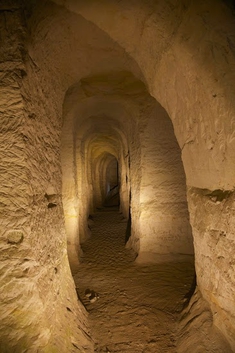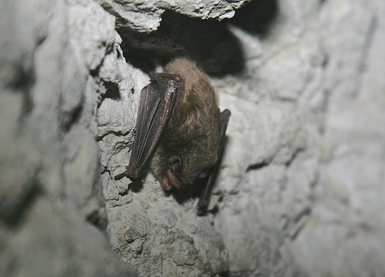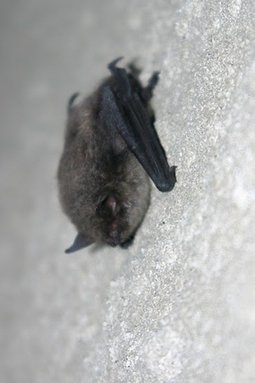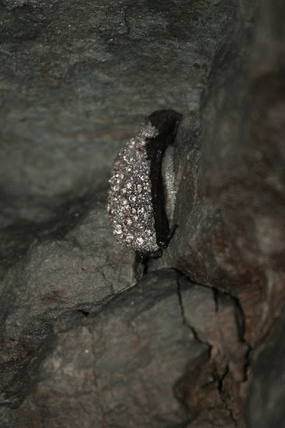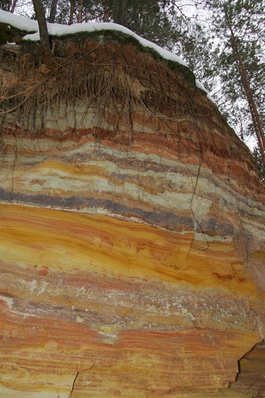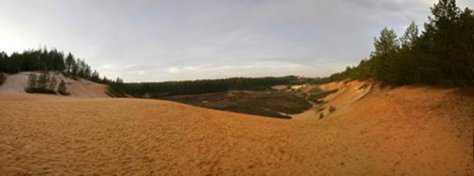New Cameras
Piusa sands and bats
Text and photos Tiit Hunt, www.rmk.ee
Translation Liis
The Piusa caves are man-made mining tunnels. The supply of silica sand suitable for glass production was discovered in 1920 by Henrik Bekker, geologist from the University of Tartu. Mining of the light-coloured sandstone started in 1922 and went on until 1966, when the mining moved from underground caves to a neighbouring open strip mine. The underground transport roads were used for about ten years longer. After that when the underground mining finally was left out of use, an attempt was made to blow up the cave system but with little success – fortunately for the bats.
Although we may not notice bats due to the restrictions on moving in the caves, the knowledge that here is the largest wintering colony of bats in all the Baltic countries, Scandinavia and north-western Russia is exciting.
A wintering colony of bats was discovered in the Piusa mining caves in 1948 and was placed under protection in 1981.
From that date the number of wintering bats started to increase rapidly until the beginning of this century when the hordes of tourists began to disturb their sleep at a critical level. In 2000 more than 4500 bats were counted there but by 2006 the number of winterers had dropped to about 2500. During the last 10 years the bats have been able to spend the winter more peacefully and today they may be nearly 3500 here. In the Piusa caves all 12 bat species present in Estonia are represented.
Daubenton's bat Veelendlane Myotis daubentonii
Brandt's bat Tõmmulendlane Myotis brandtii
The bats like the stable temperature and humidity of the caves and the fact that the caves are quiet and dark.
The decision to close the caves to visitors for good came in 2006. The open cave mouths that caused draughts and fluctuations in the temperature and humidity of the caves had by then caused large and potentially life-threatening slides. The ”cave people” who had found it necessary to scribble their names or something profoundly wise on the cave walls and pillars had contributed.
Today visitors are allowed to go with a guide to a viewing platform at the closed caves, to the visitors’ centre opened in 2010 and on a 1,4 km long walking path that offers beautiful views of the sand pits. During the warm season the sand lizard (Lacerta agilis) and northern crested newt (Triturus cristatus), both rare and protected in Estonia, may be seen here.
This place on the eastern edge of Estonia is definitely worth a visit.







